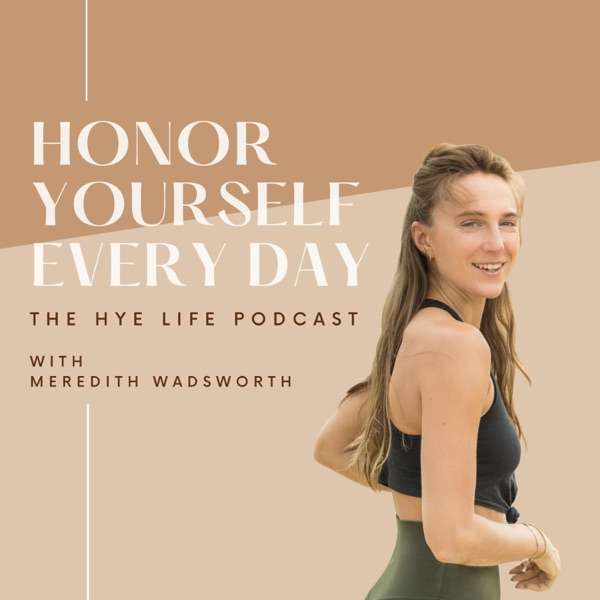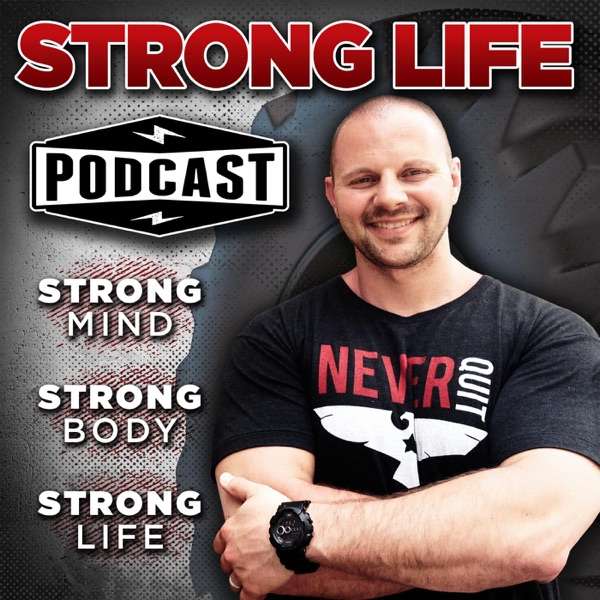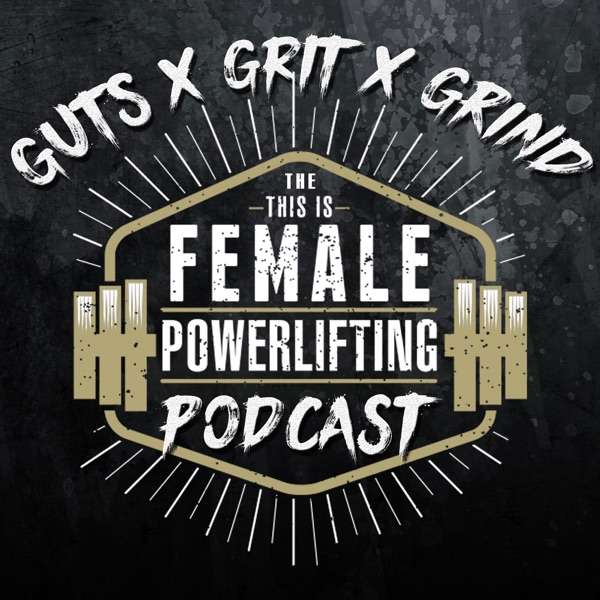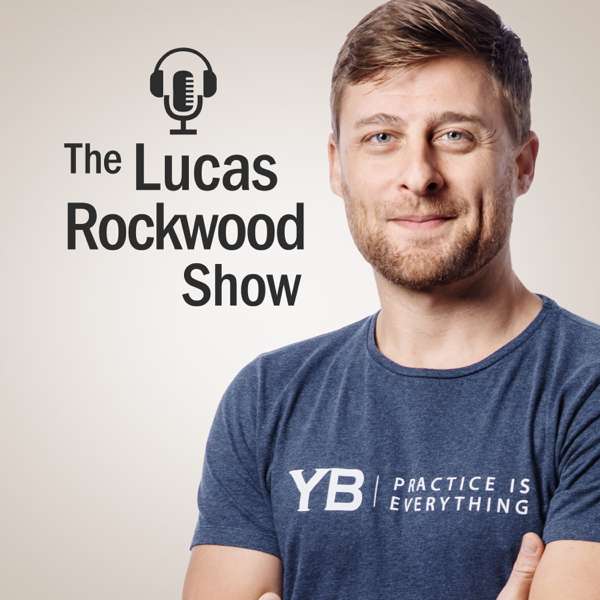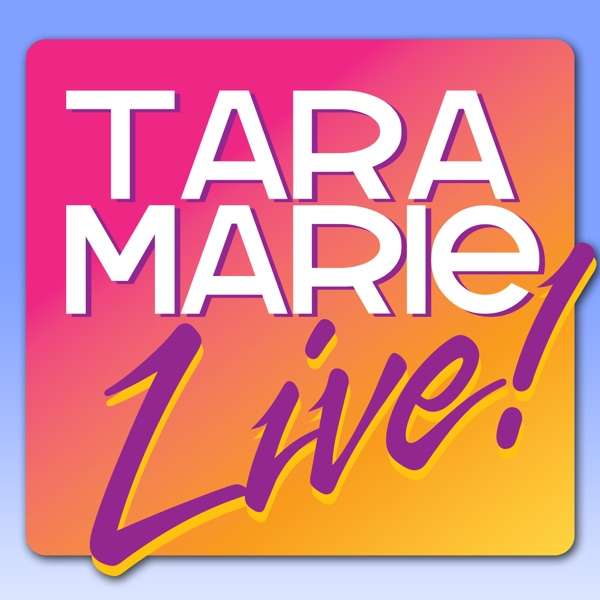In today's episode, we're going to take you through our top macro friendly food options, tips, and tricks. Before we begin, we define the term "macro friendly" (0:30) as those foods that give you a lot of volume and doesn't take up a lot of your macros. It's important to keep in mind though that this word is relative to each individual. If you're familiar with me, you know where I stand in this space. However, Miguel is the opposite of a foodie. He uses food volume in a dieting phase to fill him up by adding in and eating a lot of vegetables (3:00). Your stomach has these sensors that tell you when you're full, but these sensors do come with diminishing returns (5:02). So, you want to be strategic and desensitize your stomach when you're bulking and don't need as much voluminous foods for when you do.
Now I'll go through a list of various foods, with a few tips here and there, that are macro friendly (7:08). First on the list is rice cakes (7:28). You should think of rice cakes as a vessel that you can make sweet or savory. Second, we have canned pure pumpkin (8:42). You can mix this in with your protein powder, nonfat greek yogurt, and pudding mix and even spread it on top of a rice cake. Third, I like to add Laughing Cow Cheese Wedges (9:37) on top of my rice cakes with a little bit of seasoning and a whole egg. Before I go on, I want to mention that it isn't a bad idea to pair your macro friendly foods, like a side of vegetables, with your not-so macro friendly foods (10:15). Also, when you're dieting, it's all about finding the minimum effective dosage (12:15) because you're trying to solve a craving. When it comes to cooking vegetables (12:45), you want to cook them properly so be sure to listen for how I cook and flavor mine. And when it comes to cooking, in general, use cooking spray instead of oil to save yourself a lot of macros.
Miguel and I talked about this previously, and it's something we wanted to bring up in this episode. When it comes to a product like Walden Farms (19:24), we both agreed that it's okay to use but you don't want it to become a crutch. The same thing goes for diet sodas (23:26). I drink two Zevias a day while I'm cooking to help me hold off on grazing until I'm finished cooking my meal entirely (23:57). With this being said, it's important to not wait until you're 100% hungry to eat. You want to be proactive, drink your water, and not put yourself in a position to overeat (25:23). Moving on, I explain how to build a salad (26:14) and my thoughts on fat free cheese slices (30:01). And to wrap things up, I provide a few tips on how to incorporate the following foods into your meals (31:20) - plain nonfat greek yogurt, puffed cereal and mini chocolate chips as toppings, coconut flour for baking, frozen berries, popcorn, unsweetened cashew/almond milk and Stevia drops, and protein powder.
Show Notes/All Resources from Episode:
https://www.flexibledietinglifestyle.com/podcast-show-notes/

 Our TOPPODCAST Picks
Our TOPPODCAST Picks  Stay Connected
Stay Connected


